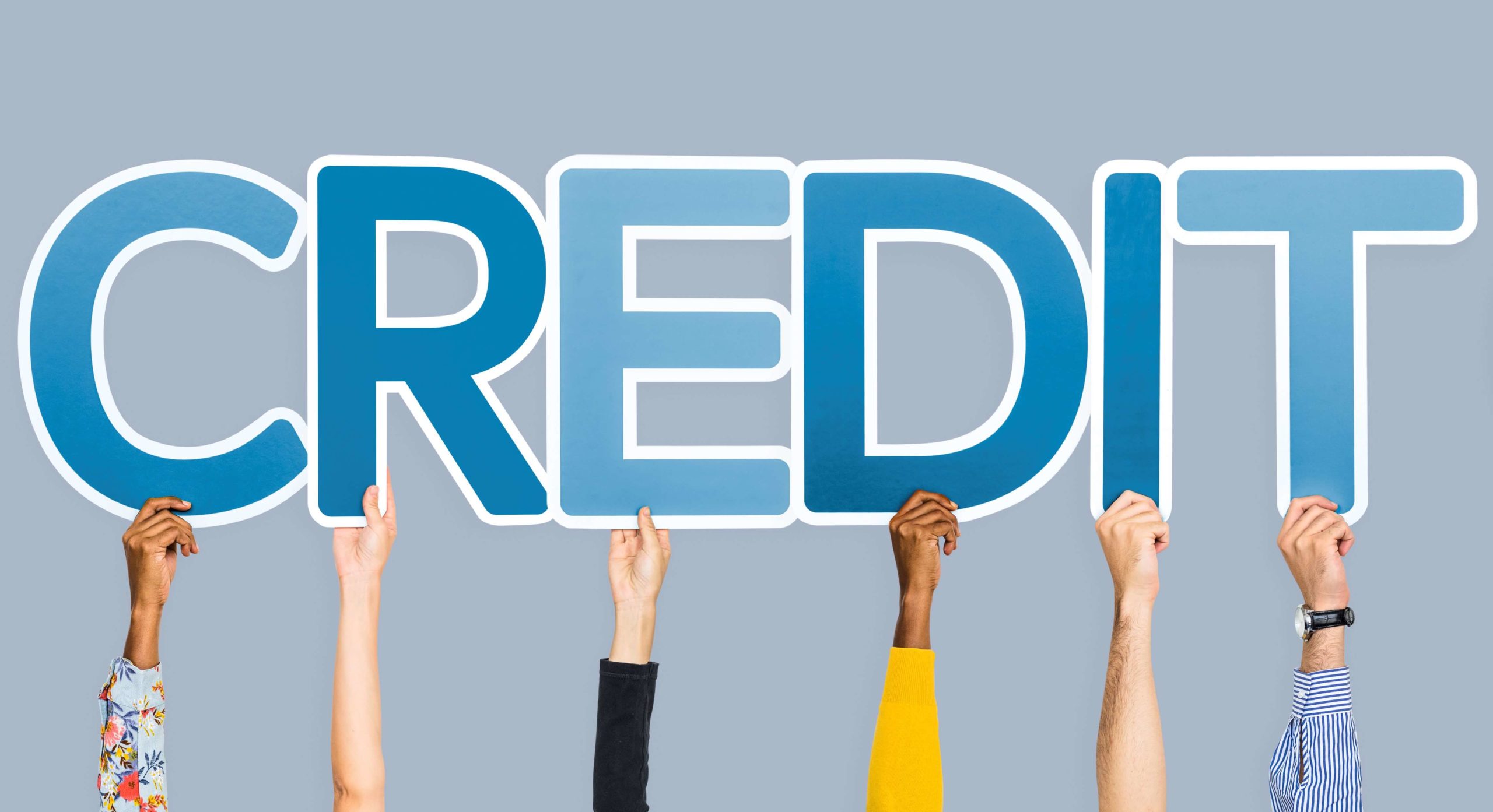Complimentary Credit Restoration
Is your credit score low, your credit history limited, or are you starting from scratch with no credit at all? If so, now is the time to take action. Regardless of your current credit situation or how low your score may be, there are steps you can take today to start improving it. The best part is that improving your credit can be done at no cost to you. This guide offers valuable insights and practical tips to help you repair your credit at no cost.
What is free credit repair?
Restoring and improving your credit score at no cost involves taking strategic steps to rebuild your credit history. While these repairs won’t happen overnight, you could see an improvement in your credit health in just a few months. Repairing your credit isn’t hard, but it does require a commitment to:
Understanding your current credit history
Keeping your spending under control
Setting and sticking to a household budget
Taking the right steps to repair your credit
Why is repairing your credit so important?
You may not fully grasp the importance of fixing your credit until you apply for a car loan, purchase a home, request a credit card, or seek other financing options. a personal loan. In most situations, lenders will assess your credit history before deciding whether to approve your loan application. If your credit isn’t up to par, you may have a difficult time getting a loan for a car or home or a credit card. Although your credit score may be sufficient to qualify for a loan or credit card, you may still encounter higher interest rates if your credit is less than good or excellent. Poor or limited credit can affect more than just your chances of securing a loan or credit card—it can also create challenges when trying to rent an apartment or even. secure your dream job. As credit scores have become more accessible, many landlords and certain employers now consider credit reports when making their decisions.
Tips for free credit repair
Free credit repair may seem intimidating. By taking a gradual approach, you can begin to see improvements in your credit over time. Here’s a look at some steps you can take. Request a copy of your credit report. To begin improving your credit, it’s essential to understand the details of your credit report. Thankfully, you can obtain a free copy of your credit report every week. The three major credit bureaus—TransUnion, Equifax, and Experian—currently permit consumers to request their reports on a weekly basis. The simplest way to access these reports is through AnnualCreditReport.com. By submitting your basic information, you can instantly view your credit reports.
Another option is to reach out to each credit bureau individually to obtain a free copy of your credit report. After obtaining your credit report, it’s important to thoroughly review all the information on it. Research shows that millions of people discover errors on their credit reports each year. Around 13% of individuals find mistakes that affect their credit score, while 5% report errors that have either prevented them from securing a loan or led to higher interest rates.
Start by verifying your personal details to ensure they are accurate. Then, carefully go through each account or entry listed, making sure that the account information and the amounts owed are correct. If you find any discrepancies, there are steps you can take to dispute the errors and have them removed from your report. Keep reading to learn more. Dispute any errors
If you notice any inaccuracies on your credit report, it’s essential to take action to correct them. Failing to do so could result in long-term damage to your credit. Negative information can remain on your credit report for up to seven years, and certain types of bankruptcies can stay for up to 10 years.
You shouldn’t have to wait that long for this information to be removed from your credit report. The initial step is to write a dispute letter to the credit reporting agency outlining the error. If the mistake appears on multiple reports, you will need to send a separate letter to each affected agency.
In the letter, clearly explain which information is incorrect and why you believe it is wrong. If possible, include supporting documentation to strengthen your case. Additionally, make sure to provide your up-to-date contact information.
Follow up with credit bureau Credit bureaus have 30 to 45 days to review your dispute and assess its validity. Once the investigation is complete, they are required to notify you in writing within five days and explain their findings.
If the bureau accepts your dispute, the correction should reflect on your credit report within one to two months. However, if the bureau maintains that the information is accurate, you may need to submit a second dispute letter, offering additional evidence and addressing any concerns.
While you can manage the dispute process on your own, it can become overwhelming depending on your circumstances. Alternatively, you can enlist the help of a professional credit repair service to handle the dispute process on your behalf.
Determine your credit score
Once you have your credit report in order, you can check your credit score. Unfortunately, your credit score isn’t part of your credit report. Rather than relying on a single factor, credit scoring agencies determine your score by evaluating several elements from your credit report, such as:
Payment history
Credit utilization
Age of credit
Credit mix
Credit inquiries
A simple way to obtain your credit score is through a free credit evaluation. This not only gives you access to your score but also provides a summary of your credit report and suggestions for improving your credit. If your score is under 660, it’s crucial to begin addressing your credit issues right away. Even with a credit score in the good range (661 – 780), there is always potential for further enhancement.
Develop a plan for paying down your debt
One of the most effective ways to boost your credit is by reducing your debt. There are various strategies you can implement to begin paying off your debt, such as:
Pay more than the minimum balance each month.
Make extra payments during the year.
You can apply the avalanche approach by tackling the debt with the highest interest rate first, followed by the next highest, and so on.
Alternatively, try the snowball method, where you focus on paying off the smallest debt first, then move on to the next smallest, and continue in that order.
Another option is to explore debt consolidation, which combines all your debts into a single loan.
Start building your credit
Along with reducing your debt, you can take proactive steps to begin strengthening your credit. Start by ensuring that you make all your payments on time each month, as your payment history makes up to 35 percent of your FICO credit score. It’s also important to avoid taking on additional debt unless absolutely necessary, and only if your monthly payments are manageable within your budget.
As your credit improves, take the time to review the types of credit accounts you hold. To boost your credit, it’s essential to maintain a balance between installment credit accounts, like a car loan or mortgage, and revolving credit accounts, such as a credit card. credit card or home equity loan. Whenever possible, aim for a diverse range of credit accounts. However, be cautious about applying for multiple credit cards in a short period—excessive hard inquiries can harm your credit score.
Where to start with credit repair
Are you ready to start repairing your credit? If that’s the case, your initial step should be to request a free credit repair evaluation. This will grant you fast access to both your credit report and score, along with helpful advice on how to improve your credit. Request your free credit assessment from Cent savvy today.
For more information, please visit Cent Savvy Credit Repair Counseling

